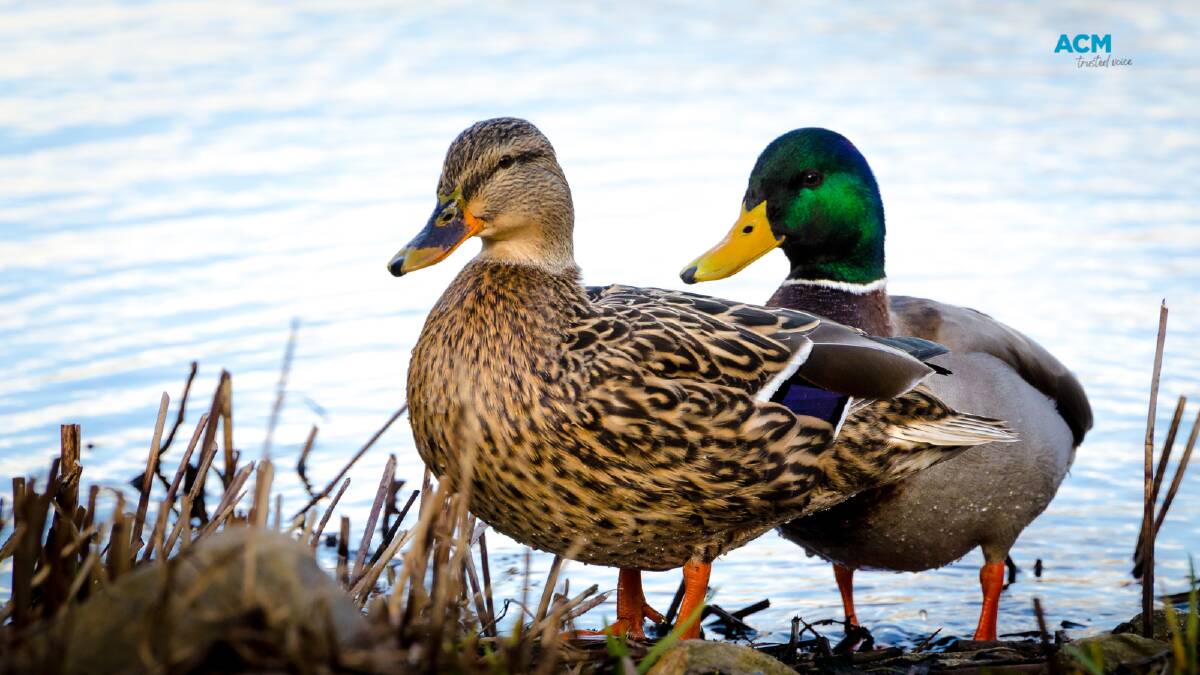
A regional not-for profit group is calling for an explanation from the Environmental Protection Agency (EPA), which they say have failed to provide the public with appropriate warnings about high levels of lead found in ducks being hunted for food.
Subscribe now for unlimited access.
or signup to continue reading
Documents obtained through Freedom of Information show 23 wetlands where duck hunting took place were tested to understand the presence of manufacturing chemicals - called PFAS - across Victoria in 2018.
At four of the 23 sites lead levels in the birds were found to be "well above" food safety guidelines.
Lead is highly toxic to people and animals, even in trace amounts.
Regional Victorians Opposed to Duck Hunting project manager Sue Williams said the lead detected could be attributed to lead shotgun shells used in duck hunting.
While lead shells have been illegal to use in duck hunting since 2001, Ms Williams said there have been reports of their use each year.
"It can stay in the environment for decades, hundreds of years sometimes and it poisons the waterways," she said.
"Duck shooting is allowed at thousands of public lakes, streams, creeks, rivers, reservoirs, wetlands around the state including in the Ballarat region."
Ballarat's most popular nearby duck hunting spot is Lake Burrumbeet.
Ms Williams said while it was not named among the four locations - the closest was Serpentines Creek, north of Bendigo - the central highlands region was likely impacted.
"Lake Burrumbeet is a classic example," she said.
"If ducks were found to have unsafe lead levels in ... 23 wetlands tested in 2018, you can only imagine the extent of the danger across the state."
Now, the welfare group is demanding answers.
EPA has issued several warnings for PFAS chemicals in the tested wetlands since 2018.
"So why did they keep the lead issue - which they knew about since 2018 - completely quiet," Ms Williams said.
"They didn't even issue a precautionary warning, which in our view is negligent given that even the tiniest traces of lead can be toxic."
IN OTHER NEWS:
In a statement EPA said the 2018 PFAS and follow-up 2020 tests for other chemicals were too inconclusive to provide a warning for lead.
"The results were contradictory and inconclusive - lead levels in liver samples were lower than in breast samples, which is counter to what would be expected, and could be the result of a number of factors," the statement said.
"Due to limited available samples and these anomalous results, it is not possible to assess the risk for human health from consumption of ducks and this means EPA will conduct further testing to better understand if there are any risks to human health requiring the issuing of consumption advice outside of pre-existing advice for PFAS.
"EPA is trying to source specimens in accordance with guidelines and hopes to have progressed this project later this year."

